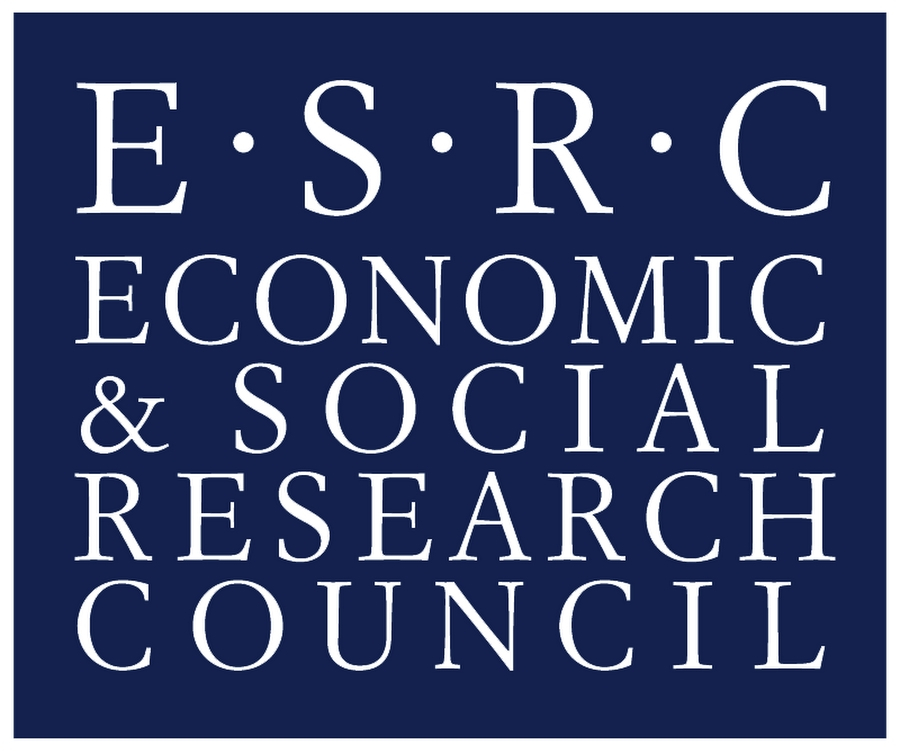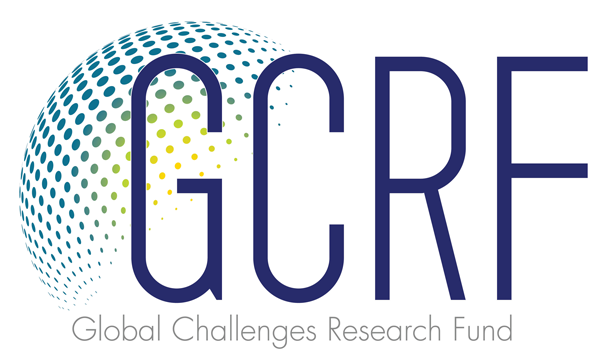
Who benefits from economic growth and by how much? This week an ESRC GPID brief discusses different approaches to understanding ‘inclusive growth’.
The concept of inclusive growth has a long genealogy. Historically, the interest in the broad area—defined as who benefits from growth and by how much—grew from debates in the early 1970s that were critical of the distribution of the benefits of growth.
Such issues received a lot of attention in the late 1990s through to the mid-2000s under different umbrella terms: for example, ‘growth with equity’, which drew on disputed debates on East Asian development; then ‘growth with equity’ was supplanted by the label of ‘pro-poor’ growth that in turn was supplanted by the term ‘inclusive growth’ which became the umbrella term for considering who benefited from growth.
Debates about the ‘inclusivity’ of economic growth suffer from a range of normative contentions about who is to be included, in what way and by how much.
At a simplistic level virtually all growth could be said to be inclusive in the empirical sense that on average economic growth reduces income poverty (though in a third of growth episodes perhaps not).
The extent to which growth reduces poverty can though differ enormously across countries which raises the question of how countries welfare regimes differ and how the policy regime produce welfare outcomes.
Further, much debate turns on whether inequality is high or rising, as high and rising inequality can hamper not only poverty reduction but also future growth prospects and thus future poverty reduction too.
What does the ESRC GPID brief argue? The brief argues what has been neglected is that growth can be substantially more inclusive: first, in terms of the ‘who’ if the poverty line is raised; second, in terms of ‘how much’ if income/consumption inequality falls; third, in terms of ‘in what way’ if capabilities and functionings in education and health are improved or the quantity and quality of employment growth is such that unemployment and underemployment fall.
The brief discusses different approaches to assessing the ‘inclusivity’ of economic growth. The brief concludes that what unites the strands of the historical debate is an interest in why the income or consumption of the poor or other aspects of poverty may or may not have been responsive to economic growth, or to what extent they are responsive. However, what is rarely recognized is that different types of inclusive growth have radically different implications for the welfare regime –– social and economic policy –– pursued by governments.
Andy Sumner is a Reader in International Development in the Department of International Development, King’s College London. He is Director of the ESRC Global Poverty & Inequality Dynamics (GPID) Research Network.
Related reading
| Briefing paper 3 | Andy Sumner | What is Inclusive Growth? | 29/09/2017 |
| Briefing paper 5 | Terry McKinley | The Global Economy and the Challenge of Inclusive Growth | 10/11/2017 |
| Briefing paper 6 | Paul Shaffer | Immiserising Growth | 10/11/2017 |
| Briefing paper 7 | Kyunghoon Kim, Andy Sumner and Arief Anshory | A Job-Centered View of Inclusive Structural Transformation | 10/11/2017 |

